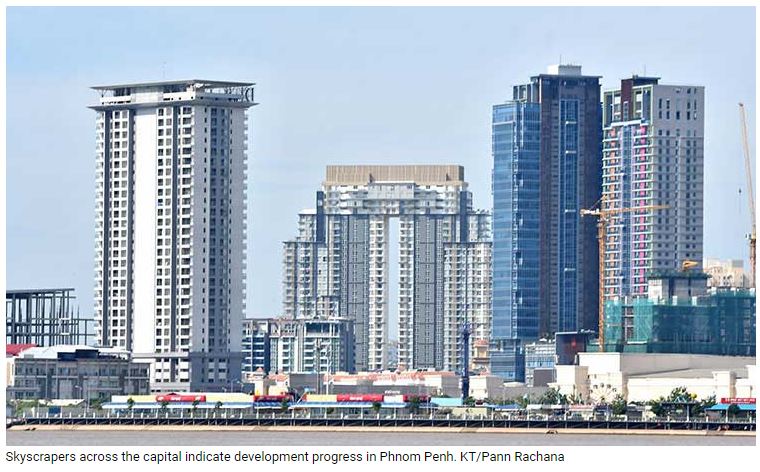Cambodia confirms readiness to exit LDC status
Cambodia confirmed its readiness to exit the Least Developed Countries (LDC) status, saying that studies on the impacts of the exit, challenges and the loss of trade preference schemes have been made.
Aun Pornmoniroth, Deputy Prime Minister and Minister of Economy and Finance, requested the Ministry of Commerce to strengthen the government’s readiness to exit from the LDC plan.
“Cambodia is preparing the Royal Government to implement the plan to leave the LDC to achieve the UN assessment in 2024 and extend the transition period as necessary,” he said during a closing ceremony of the Commerce Ministry’s annual meeting.
The Deputy Prime Minister called for a closer look at the impact of exiting the LDCs on the negotiations under the World Trade Organization (WTO) and regional frameworks on the Cambodian economy, especially to be prepared to negotiate new GSP Plus to maintain market share and maintain production balance and attractiveness for investment in Cambodia after the country left the LDCs.
In order to be able to leave the least developed countries status, the United Nations Commission on Development Policy 2024 ranks Cambodia second through a triennial review.
According to the ministry, the next assessment of the Kingdom’s LCD status exit will be in 2024, and if the requirements are met, it will take effect in 2027.
After leaving the least developed country status, Cambodia will no longer receive trade tariff preferences and measures related to international aid.
Additionally, he requested the ministry for continuing the close cooperation with relevant ministries and institutions to take advantage of the free trade agreements that Cambodia has, especially the RCEP and pacts with China and Korea.
To leave this status, Cambodia needs to pass at least three categories: Gross National Income (GNI) per capita, the Human Assets Index (HAI), and the Economic and Environmental Vulnerability Index. Currently, Cambodia has already passed two categories.
Cambodia’s first assessment by the UN to leave LDC status conducted last year reported that the GNI per capita is $1,377 which surpasses the $1,222 threshold; the HAI is at 74.3, which is higher than the requirement of 66; but the Economic and Environmental Vulnerability Index is at 30.6, lower than the requirement of at least 32.
Senior economist Ky Sereyvath, director-general of the Institute of China Studies at the Royal Academy of Cambodia, said that different factors have to be passed through evaluation by international institutions.
“The annual economic growth, momentum of our economy, the reform efforts of the government, infrastructure development, and management of the national budget, the international arena reputation and the production capacity are all fundamental in the assessment process of graduating from the LDC status,” Sereyvath said.
Cambodia sets its vision of a high-middle-income country by 2030 after the past two decades of sustainable economic growth.
The vision of a high-middle-income country by 2030 Cambodia will optimistically achieve based on the economic performance, said Vongsey Visoth, permanent secretary of state at the Ministry of Economy and Finance.
The government’s vision to transform Cambodia into a high-middle-income country by 2030 is still Cambodia’s goal to become a high-middle-income country, which is a difficult task now more complicated in the context of the world as a whole and in our country, there are many challenges that Cambodia must overcome,” he said in a public forum held on January 25.
“The year 2050 is still the goal of turning Cambodia into a high-income country, this is the ambition of Cambodia that we need to join together to show the world more about Cambodia,” he added.
Source: https://www.khmertimeskh.com/501231715/cambodia-confirms-readiness-to-exit-ldc-status/


 Thailand
Thailand




